I have just returned from a brief vacation to Texas. We hoped to visit Austin, but the accommodations were booked, at least the affordable ones, so we made reservations in san Antonio, Texas. On our first day we encountered temperatures exceeding one hundred degrees Fahrenheit, so we set out to the Hill Country to visit Fredericksburg. It was a pleasant trip, and although it was hot, it seemed less so than San Antonio.
Fredericksburg is a German area, settled originally by one hundred twenty immigrants from Prussia in 1846. This is according to the marker at the visitor center. It was named for Prince Frederick of Prussia. Prussia was the name of the area we now call Germany and Austria.
I have ancestors from many countries, and my maternal grandmother was descended from Germans, particularly Bavarians. One thing I noticed was the blue and white flag of Bavaria flying along with several other flags over a business.


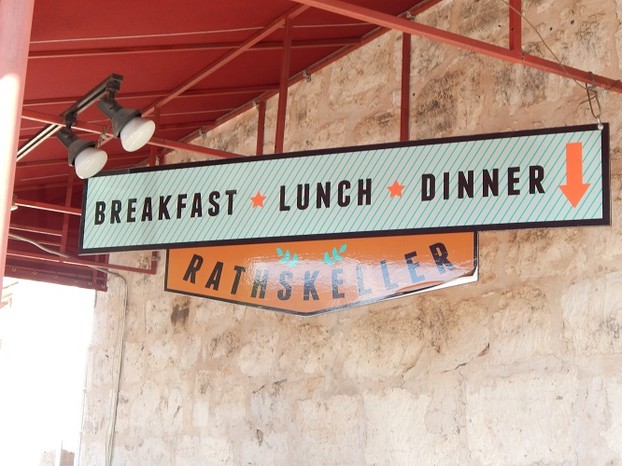
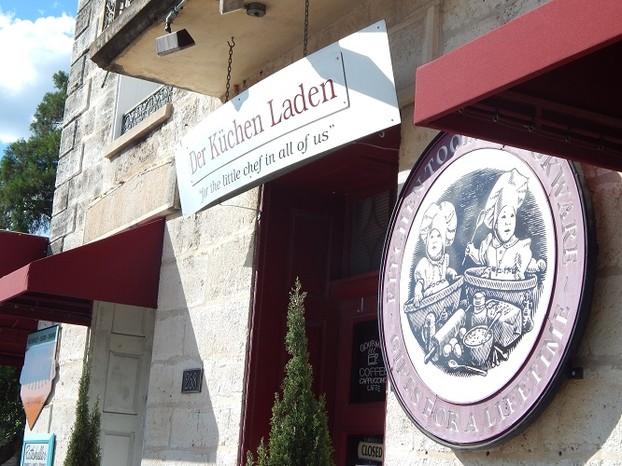
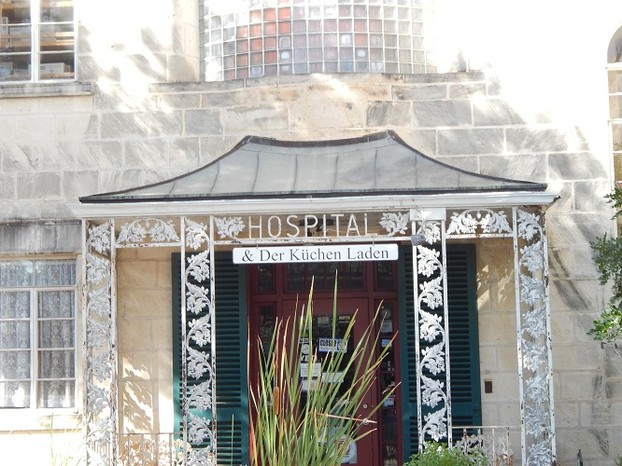
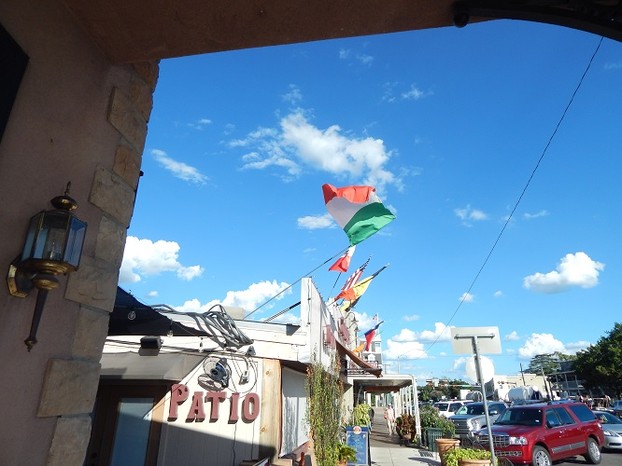
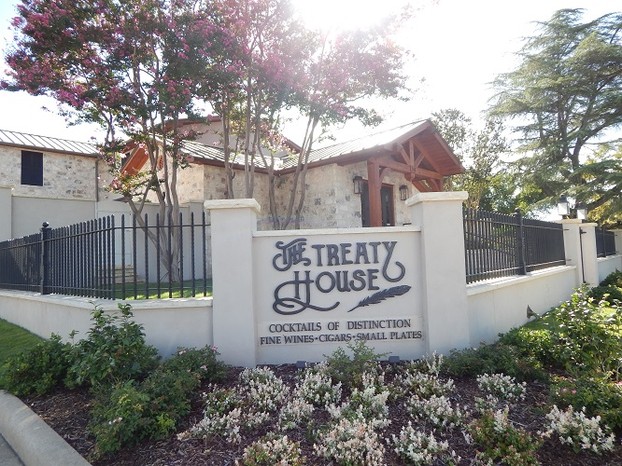
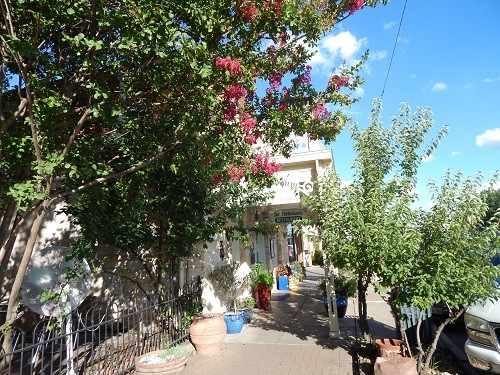
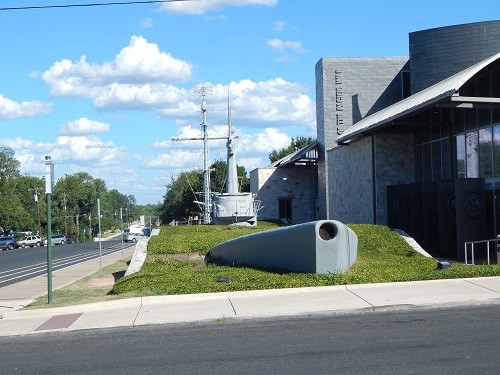






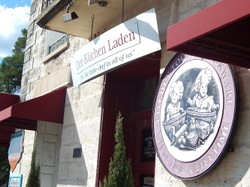

 Multivariable Calculus: Gradient, Divergence, and Curl11 days ago
Multivariable Calculus: Gradient, Divergence, and Curl11 days ago
 UAPs, Formerly UFOs, If They Are Real How Can We Explain Their Arrival to Earth?12 days ago
UAPs, Formerly UFOs, If They Are Real How Can We Explain Their Arrival to Earth?12 days ago
 Polar Coordinate System14 days ago
Polar Coordinate System14 days ago
 Aurora Can Disrupt Electrical Devices And Even the Grid?15 days ago
Aurora Can Disrupt Electrical Devices And Even the Grid?15 days ago

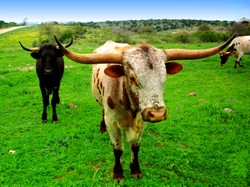
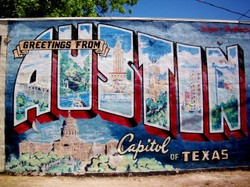
Comments
I heard no German. Some signage is in German, but I heard no spoken words in German.
blackspanielgallery, Did you hear anyone speaking Texas German? It's fascinating to visit the German enclaves in Texas, as well as in Argentina, Brazil and Chile. Perhaps the most famous is Bariloche, with President Obama visiting the Argentinian resort city in 2016 having presidential precedents with Theodore Roosevelt in 1913, Dwight and Mamie Eisenhower in 1960 and Bill and Hillary Clinton in 1997.
I am intrigued as to why they left Prussia though in that number. Naming it after the King suggests that he wasn't unpopular.
The German Catholicism may suggest it was religion motivated as Germany has never been exactly RC !
You are right when you say that "Prussia" would be meaningless to most people .
Your visit and write up prompt some interesting questions. TY
There s a second place called New Braunfels also in the Hill Country. Apparently the two areas were named for the King and Prince of Prussia. We passed through New Braunfels but did not get off the highway.
I knew of these German enclaves, but was quite surprised that in the center of San Antonio Saint Joseph's Church has the stations of the cross with both English words and German words inscribed below each station, and even signage in both languages. I heard one Mass is in German each Sunday.
The signs were the only places Prussia was mentioned, since to say Prussians settled there would be meaningless to so many who missed out on Germany coming from Prussia.
BSG
I love travelogues like this as I always feel they transport me to places I have no knowledge of and I learn such a lot .
Firstly I was totally unaware that there was any migration from Prussia in 1840's . I would like to investigate that further.
I am pleased to see that the place has retained some of its German identity. Plus, the sky is a really beautiful blue.
A very enjoyable lunchtme read. TY